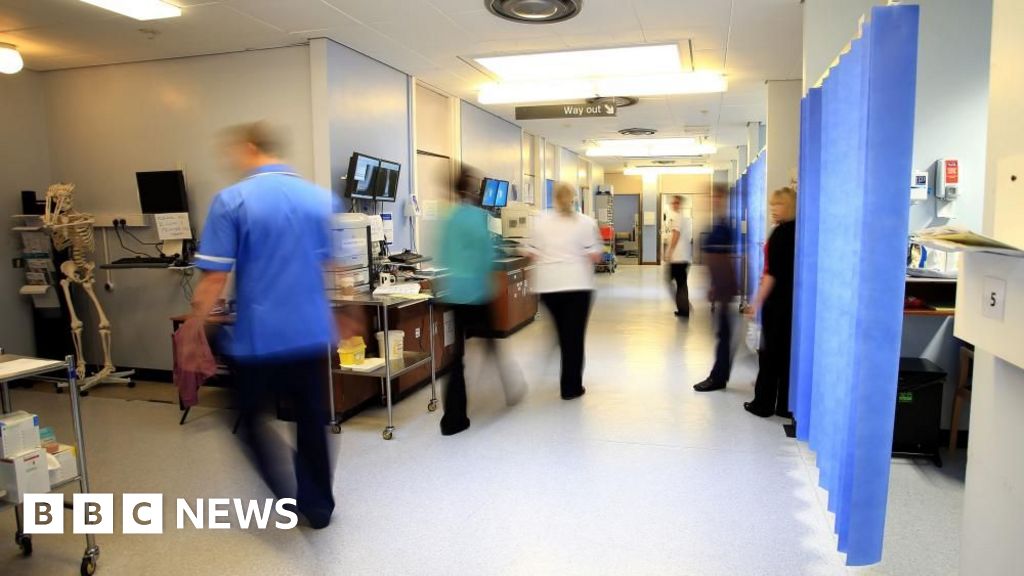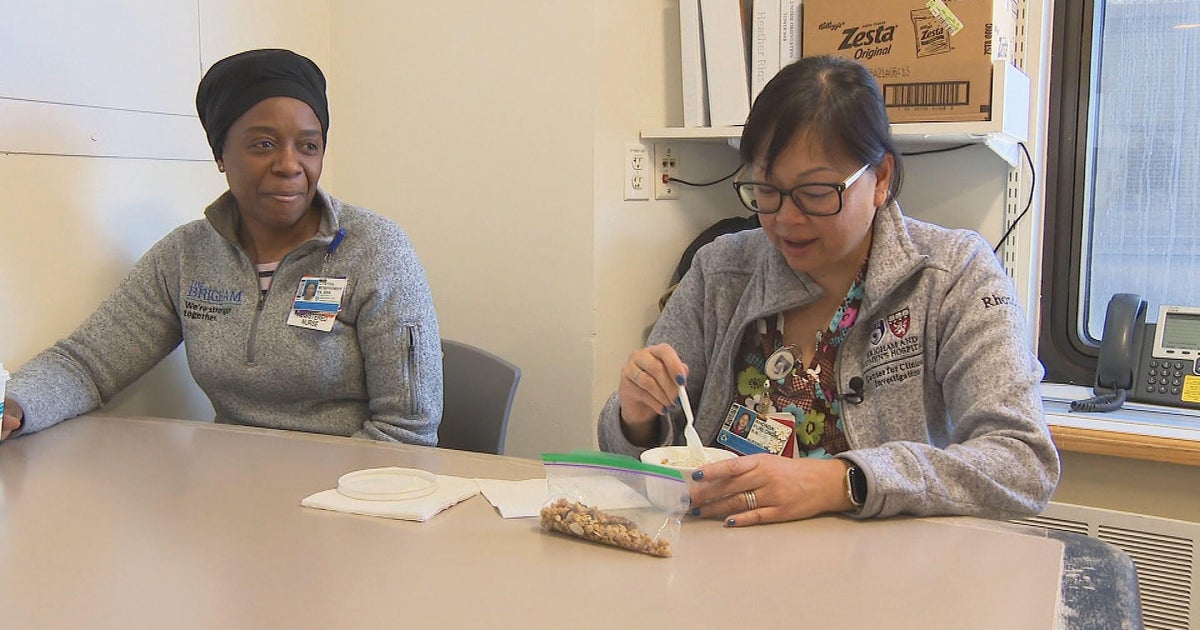Neighborhood Health Hubs: Transforming Healthcare Access and Facing Workforce Challenges

A significant shift in healthcare delivery is underway, with the development of neighborhood health hubs promising to revolutionize access to care. The government envisions these hubs operating for an extended 12 hours a day, six days a week, bringing essential services closer to communities and reducing the strain on overcrowded hospitals. However, this ambitious plan faces a critical hurdle: a potential shortage of healthcare professionals, particularly nurses.
The Promise of Accessible Healthcare
The concept behind neighborhood health hubs is straightforward: to create easily accessible points of contact for individuals seeking medical attention. By locating these hubs within local communities, the government aims to eliminate barriers such as long travel times and transportation difficulties, particularly for vulnerable populations. This localized approach is expected to improve preventative care, early intervention, and overall health outcomes for residents.
The extended operating hours – 12 hours a day, six days a week – further enhance accessibility. This allows individuals with busy schedules, including those working or with family commitments, to access care without disrupting their daily routines. The hubs are designed to offer a range of services, potentially including primary care consultations, chronic disease management, mental health support, and health education programs.
The Nursing Workforce Challenge
While the vision for neighborhood health hubs is compelling, concerns have been raised regarding the capacity of the existing healthcare workforce to support this expansion. The Royal College of Nursing (RCN) has issued a stark warning: successfully transferring services from overcrowded hospitals to these community hubs will be impossible without addressing the current issues within the nursing profession.
The RCN highlights the “depleted and undervalued” nature of the nursing workforce, citing factors such as burnout, low pay, and challenging working conditions as contributing to a shortage of qualified nurses. Simply shifting services without a corresponding increase in nursing staff will likely lead to increased pressure on existing nurses, potentially compromising the quality of care and exacerbating the workforce crisis.
Addressing the Workforce Gap: A Path Forward
To ensure the success of neighborhood health hubs, a proactive and comprehensive approach to addressing the nursing workforce shortage is essential. This includes:
- Investing in Recruitment and Retention: Offering competitive salaries, improved working conditions, and opportunities for professional development can attract and retain talented nurses.
- Expanding Nursing Education: Increasing the number of nursing school places and providing financial support for students can help build a larger pipeline of qualified nurses.
- Optimizing Workflows: Implementing efficient workflows and utilizing technology can help nurses work more effectively and reduce their workload.
- Recognizing and Valuing Nursing Contributions: Acknowledging the vital role nurses play in healthcare and promoting a culture of respect and appreciation can improve job satisfaction and reduce burnout.
The development of neighborhood health hubs represents a significant opportunity to improve healthcare access and outcomes. However, realizing this potential requires a concerted effort to address the challenges facing the nursing workforce and ensure that these hubs are adequately staffed with qualified professionals. Failure to do so risks undermining the entire initiative and potentially exacerbating existing healthcare inequalities.





